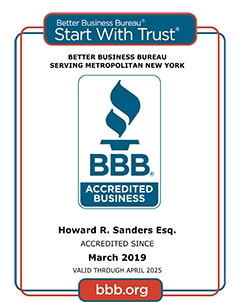If you work in an office and your co-worker has a crystal meth or heroin problem, the collateral damage of your colleague’s drug problem could potentially affect your own job to some degree.
But if you are working on a New York City construction site on an iron beam high above the street below, and your addicted co-worker nods off on the job, it could be lethal.
Yet, the construction industry has higher rates of substance abuse than almost all other industries. One industry professional estimates that 15 percent of those working construction jobs use illicit drugs and/or abuse prescription medications. The only job categories with higher drug abuse rates were the food prep and service industries.
The Occupational Safety and Health Administration (OSHA) stated in 2013 that substance abuse contributed to the injury and fatality rates for construction workers. Most notably, addiction and drug abuse contributed to the ”fatal four” — falls from height, electrocution, struck-by objects and getting caught in or between objects or surfaces.
If a construction company foreman or supervisor doesn’t run a tight ship and have and enforce zero-tolerance policies for impaired workers, the safety of the entire crew — as well as passers-by and others — are jeopardized.
Construction company owners and managers can face legal liabilities for worker injuries and damages. To avoid this, they can offer workers assistance through Employee Assistance Programs (EAP) to address the underlying substance abuse problems.
If you were injured in a construction accident, whether it was due to another worker’s impairment or for some other reason, you can seek compensation for your damages, including lost wages from time off of work.






